
Source: Hillary Allen
Women’s sports are on the rise. We’ve heard this over and over, and seen the effects on the big screens, in the pocket books of the people investing in teams and leagues, and viewership numbers. We’ve seen lots of flashy posts about NIL, sponsors and brands making historic investments and we’re finally able to turn on our TVs and watch women play. For those of us who are sports fans, it feels like a buzzing, heady time to be a women’s sports fan.
But for those of us who are athletes, it feels like the wave has yet to roll through our section of the beach.
One part of the beach that still feels the same as it has for the last couple of decades is the outdoor and extreme sports scene. A lot of outdoor/extreme sports are still old boys’ clubs, and there aren’t many incentives to create change. To be a woman in these spaces is to be an only, and there are many seen and unseen consequences on our lives and the sports we participate in.
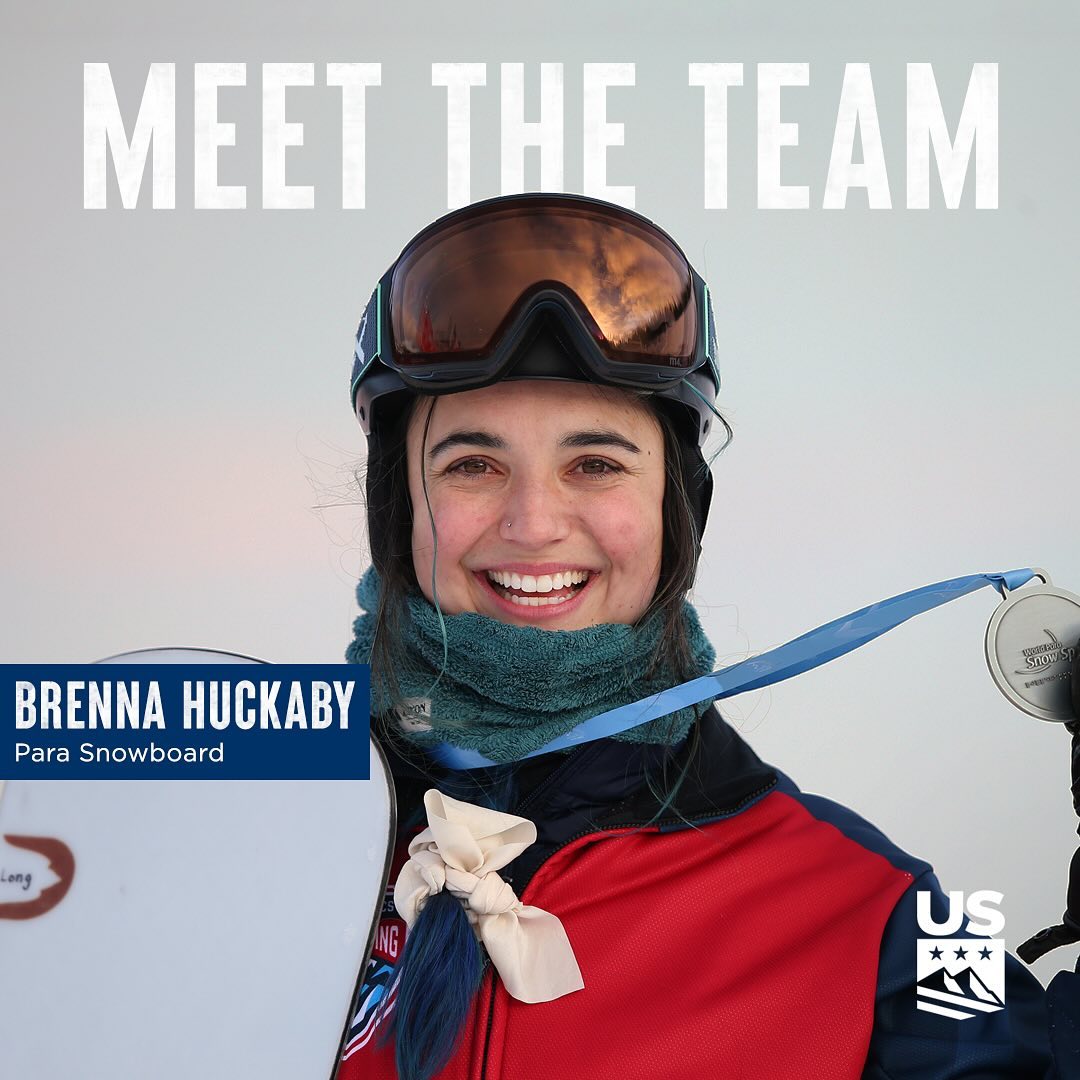
Parity athlete Brenna Huckaby is a 3-time Paralympic gold medalist snowboarder. She competed at the 2018 Winter Paralympics, winning gold medals in the snowboard cross and banked slalom, and she won gold and a bronze medal at the 2022 Winter Paralympics. In addition to her sports career, Brenna is a mom, disability advocate and keynote speaker.
So many of us fell in love with sports for the same reason: the community. But at every level of sport there are fewer and fewer crazies who continue to push towards athletic goals. Social media wants us to believe that is because there are precious few people who have the discipline or motivation to be athletes, but the reality is much more complicated than that.
A multitude of factors from cost to identity politics make it so professional athletics is just not a possibility for most. The result is that elite athletics can feel lonely for everyone involved, from athletes to coaches to physical therapists. But for women, and especially women who hold more than one marginalized identity, the top can feel particularly isolating.
The cost of competition
Outdoor and extreme sports are hugely costly, particularly because of the specialized equipment required. Add on top of that traveling to remote competition locations, lodging off the beaten path and astronomical race or tournament registration and most athletes in these sports pay thousands of dollars a month simply to compete.
With less than 5% of sponsorship dollars going towards female athletes, almost all of these costs are footed by the athletes themselves.
Parity athlete Giannina Bonnemann won all four stops of the 2023 World Water Skiers Overall Tour, which took place across 4 different countries: France, Austria, Canada and the USA. The four event sites are some of the most renowned — yet isolated — lakes around the globe.
This is obviously a deterrent to participation, as it makes it simply an impossibility for many. How can we expect women to make waves in outdoor and extreme sports if the cost of admission is more than most of them make at their full time jobs?
The only expert in the room
When it comes to outdoor and extreme sports, women often find themselves at the top of a game few are playing. They’ve become so specialized that sharing a workout with someone becomes really tricky: often, to train with other women is to pump the brakes. Women who become experts in these sports often have to wait for big competitions to compete against their equals in talent or skill. To find someone who is the perfect training partner on a daily basis is much more difficult.
This often leaves women as the “only” in their training groups (if they have one), and a pressure to be a representative of women.
I’ve often gone harder than I’d planned in a group scenario because I don’t want to be last and be tagged as “the slow girl.”” Also, dynamics of racing and competing between men and women are very different, and training in an all-male environment can leave women unprepared for the strategy of competing against women. Being the “only” on a consistent basis makes female athletes feel like they are alone in their experiences, and lack true community.
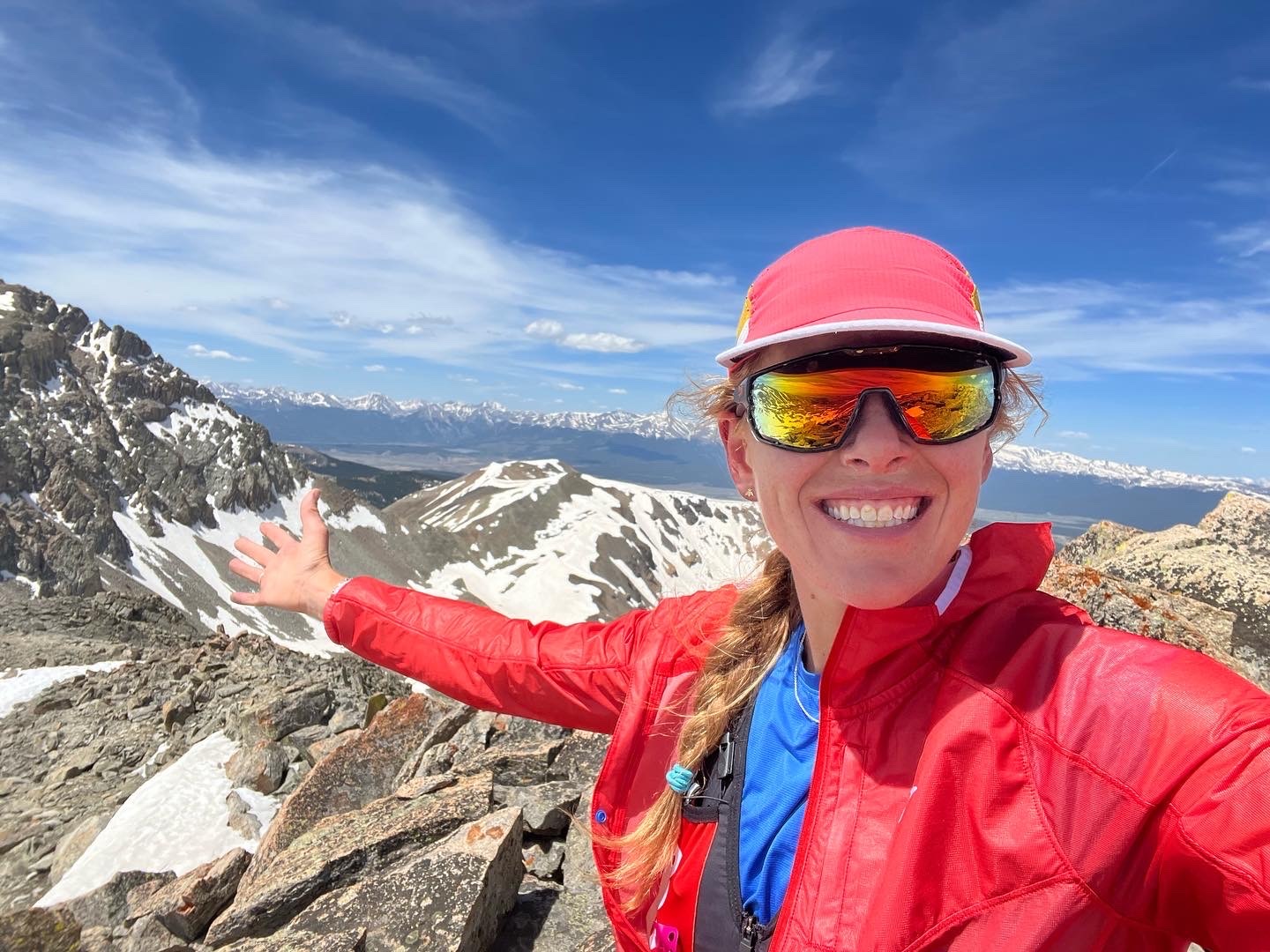
Parity athlete Hillary Allen earned the nickname “Hillygoat” early in her career for her ability to run fast on steep, technical mountain terrain — a style of running known as Skyrunning. She won the US SkyRunner Series in 2014 in her debut ultra-trail running season and since then, she has raced all over the world, racking up wins and course records, establishing herself as one of the best mountain ultra runners in the world.
Competition structure
I’ve been to so many competitions where I’ve basically been yelled at that “women never sign up for races,” or that low registration numbers are why we “don’t deserve equal payouts.”
The implication in these “conversations'' is that somehow it is our fault that women we don’t know aren’t filling fields at these races. The result is it’s often unpleasant to be a woman at these competitions, and doesn’t make it a welcoming space for new women trying to enter into the ranks.
There are a huge list of accommodations that competition organizers can make to create a more welcoming environment for female athletes, and help solve the loneliness pandemic. Did you create media in your advertisement for the competition that explicitly featured or targeted women? Did you advertise equal race distances or equal payouts? Have you consulted with women in your community as you plan your event? Are there mentorship opportunities on your competition weekend? Is your support team prepared to support athletes of all speeds and abilities? Eg., if you are providing water during a marathon, will your aid stations be open for even the slowest athletes? Many organizers think that creating accommodations isn’t “worth it” because women aren’t showing up to their competitions, but they don’t realize that creating these accommodations is the first and best way to ensure that they will attract more women to their events.
Identity layering
I put out an open call for athletes in my circle to chat with me about this article, and share their experiences of belonging and isolation in extreme and outdoor sports. Almost everyone who responded holds more than one marginalized identity.
Whether it’s women of color, queer or trans women, women with a lower socioeconomic status or a disability, all feel even more isolation than cis white women in these spaces. Outdoor and extreme sports still lag behind when it comes to policies and practices that center accessibility and equity. Lack of clarity on policies for trans athletes, lack of accessible restrooms, materials only offered in English are just a few of the issues that make spaces feel unreachable for women holding multiple identities, and increase their feeling of isolation.
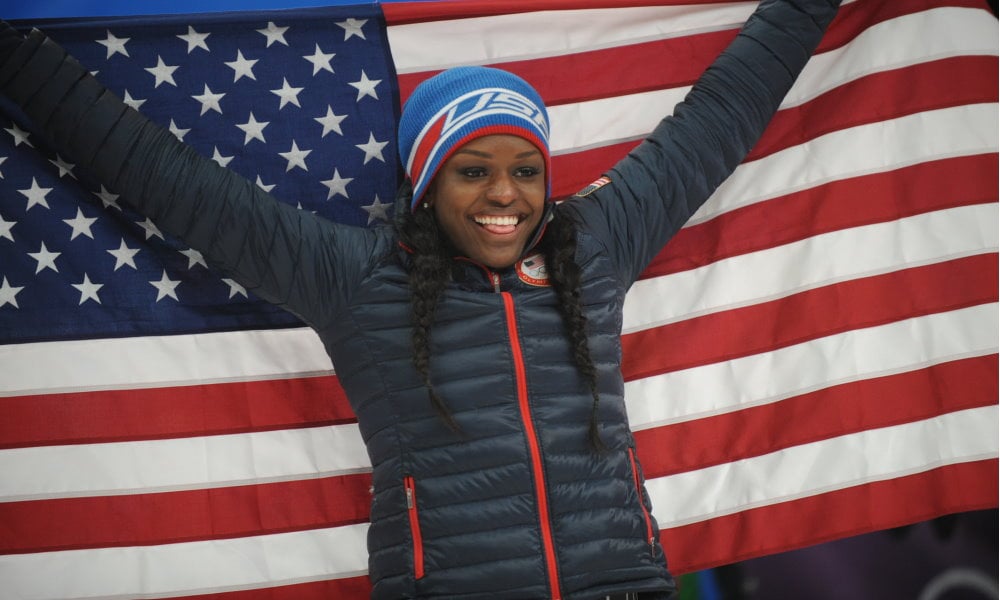
Parity athlete Aja Evans is a three-time Olympian and bronze medalist bobsledder. At her Chicago public high school she was an All-American track & field City Champion in sprints and shot put. As a college athlete she was an All-American and Big Ten Champion shot putter.
Create community and everyone wins
If you are a brand interested in working with athletes, consider an athlete in the outdoor/extreme sport space!
By promoting a female athlete in these spaces, you will signal to many other women that your brand is on the forefront of creating access where access is still so limited. For you as a brand, more niche athletes often have a huge amount of credibility within their communities.
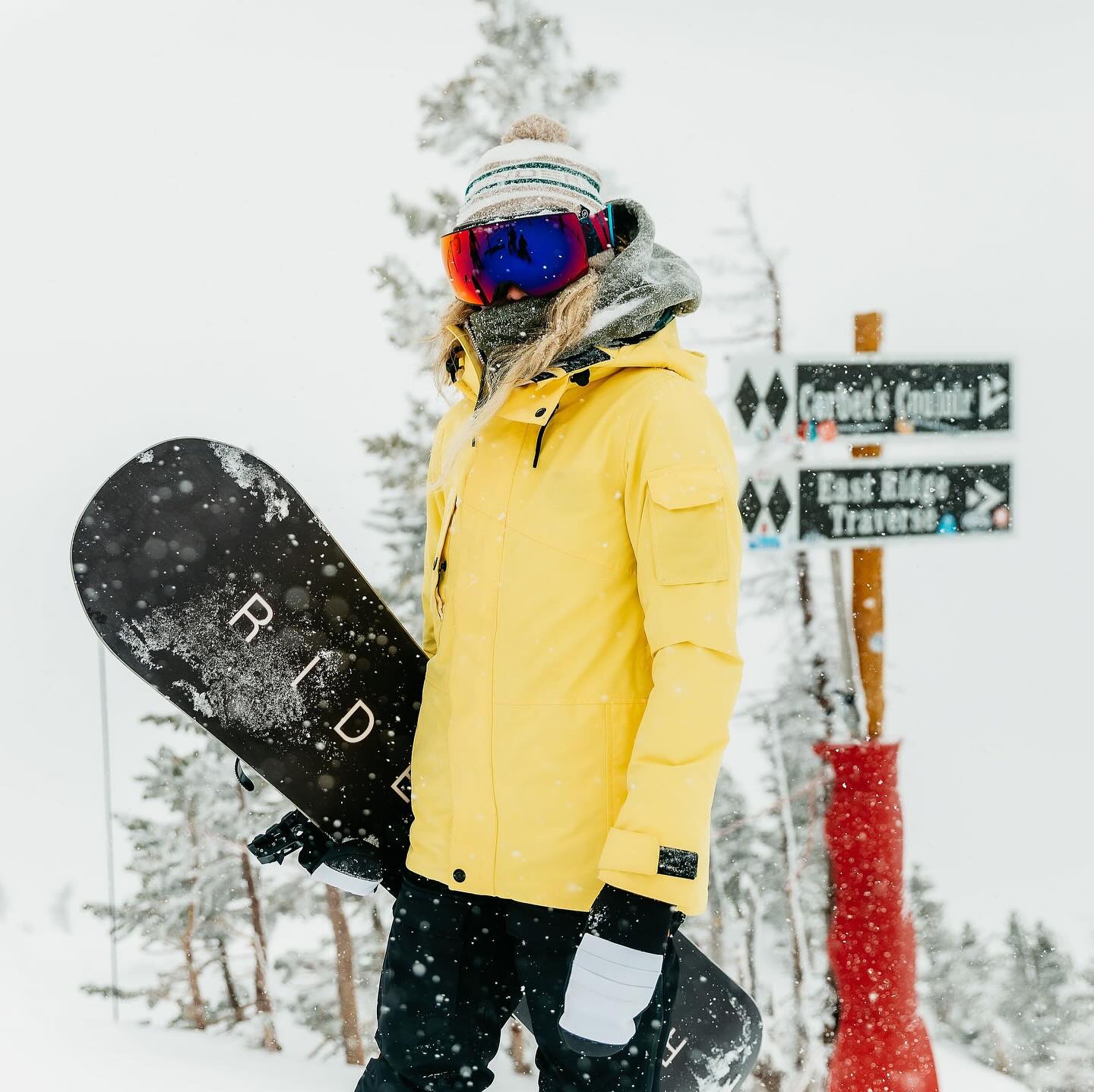 Parity athlete Jessika Jenson represented the United States at the 2014 Winter Olympics in Sochi and the 2018 Winter Olympics in PyeongChang, where she finished 5th in slopestyle and made the finals in big air.
Parity athlete Jessika Jenson represented the United States at the 2014 Winter Olympics in Sochi and the 2018 Winter Olympics in PyeongChang, where she finished 5th in slopestyle and made the finals in big air.
To you they may be an unknown name, but to their followers they are the Alex Morgan of rock climbing or water skiing! When you work with these athletes you not only reap the benefits as a brand, but you elevate a woman who has the capacity to drastically change a whole ecosystem.
We know that the rise of women’s sports is a tide that will lift all boats, but there are some boats that are still stuck on the beach, waiting for the right push to help them into the tide. Parity is proud to support so many of those athletes that are the foundation of the women’s sports movement, but often get left out of mainstream media and branding narratives.
About Parity
Minority-founded in 2020, Parity's mission is to close the gender income and opportunity gap in professional sports. By developing high-impact collaborations between brands, professional women athletes and their fans, Parity has proudly put more than $3.5 million in the pockets of women athletes, attracting dozens of brands to the movement in the process. The platform offers connections to more than 1000 women athletes from 80+ sports, including well over 200 Olympians and Paralympians. For more information on how to tap into the rapidly rising influence and popularity of women athletes, visit https://paritynow.co or follow us on Instagram, LinkedIn, Facebook, X (formerly Twitter) and Threads.
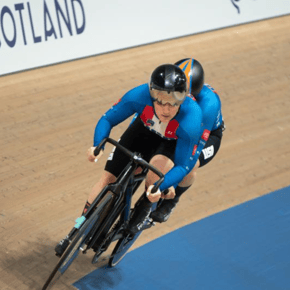

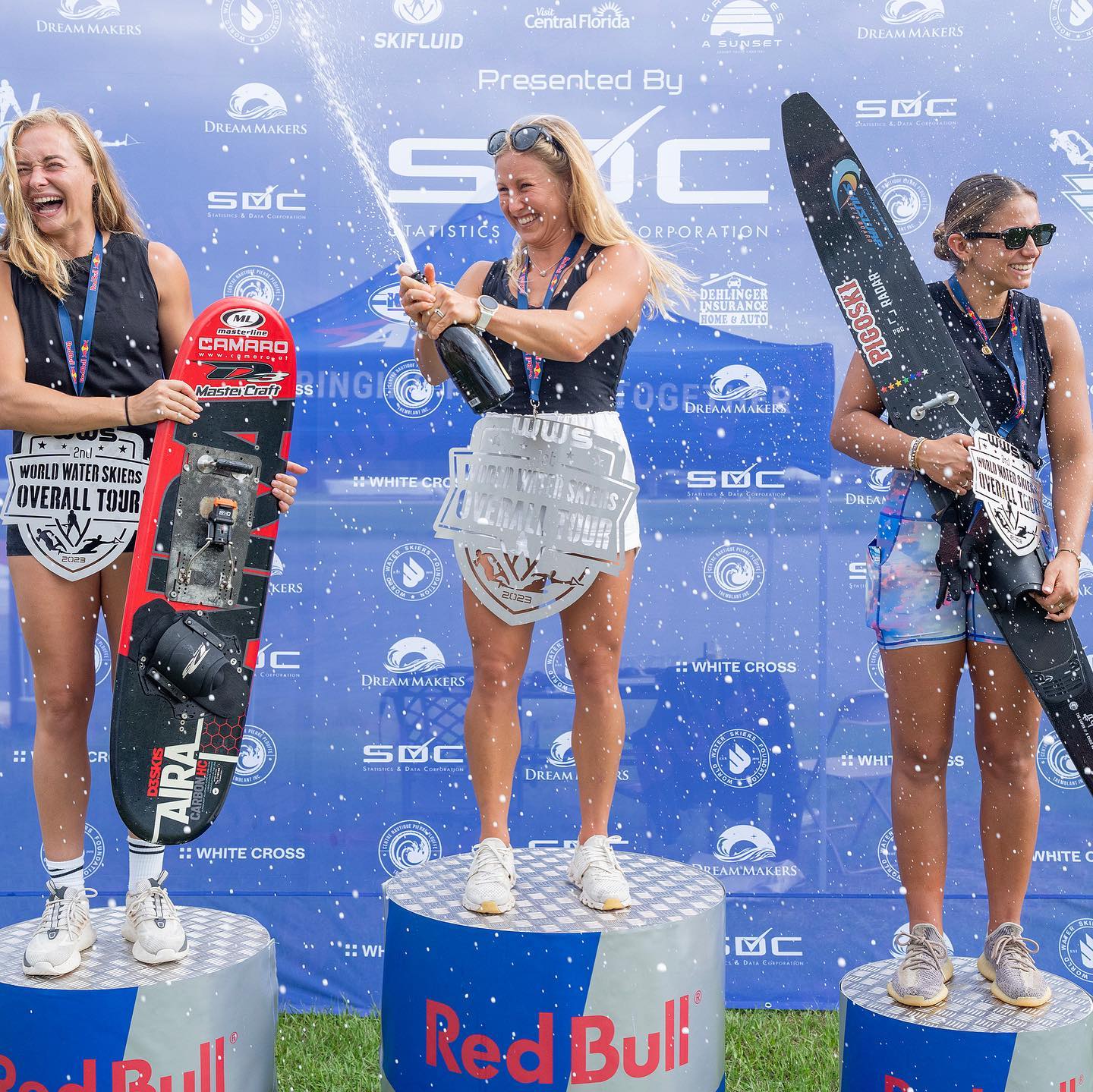

-1.png?width=600&name=What%20womens%20sports%20marketing%20campaign%20should%20you%20run%20in%202026%20(1)-1.png)
.png?width=600&name=Best%20Womens%20Sports%20Ads%20Blog%20banner%202025%20(1656%20x%20600%20px).png)